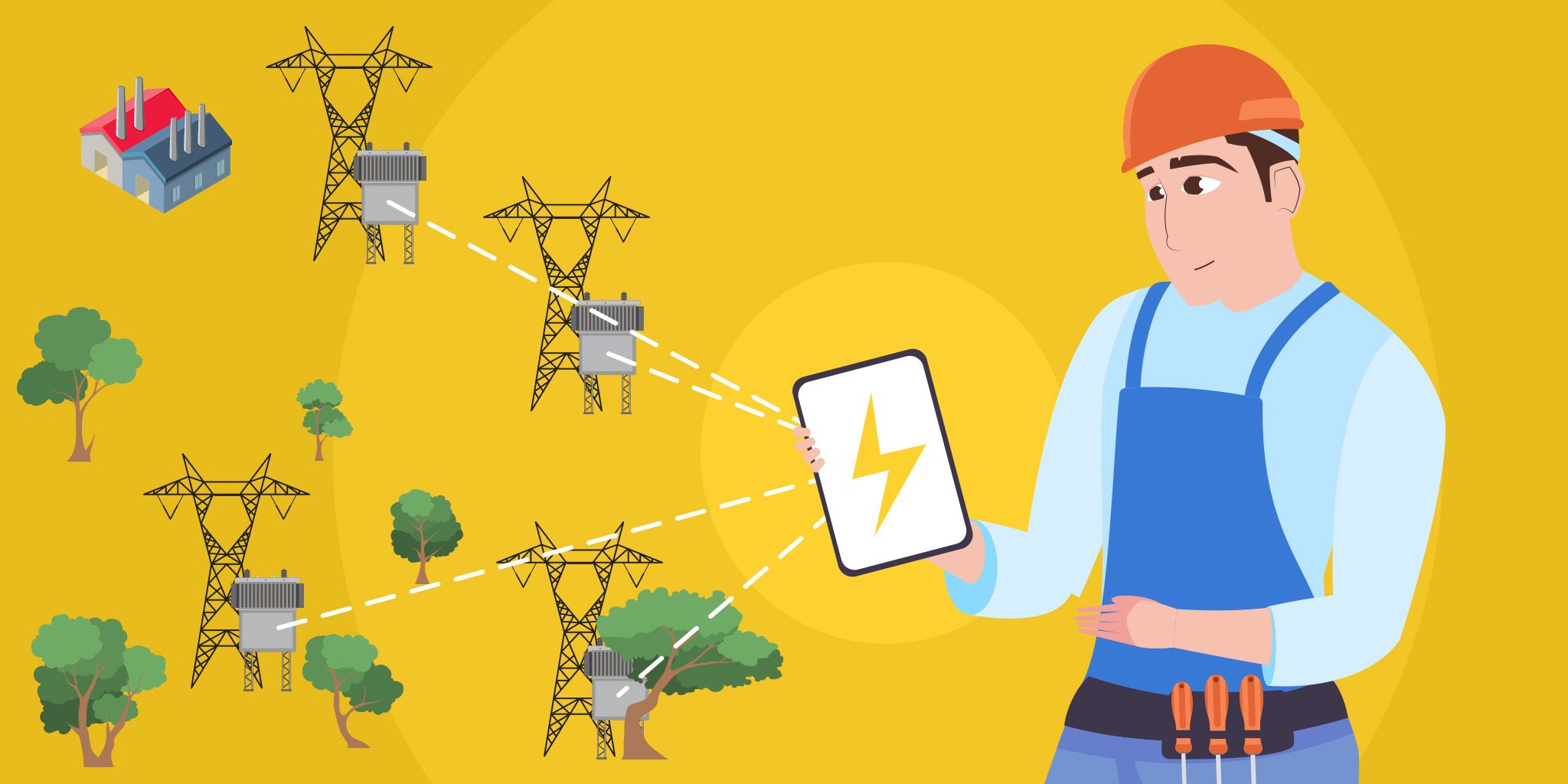How Wireless Sensors Are Revolutionizing Industrial Automation and IoT
How Wireless Sensors Are Revolutionizing Industrial Automation and IoT
- Last Updated: May 2, 2025
Kaustubh Ravan
- Last Updated: May 2, 2025



In an era marked by technological leaps, wireless sensors are emerging as the quiet powerhouses transforming industrial automation and the Internet of Things (IoT). As industries pivot toward smarter, faster, and more efficient operations, the integration of wireless sensor technology is not just a convenience—it’s a game changer.
From real-time monitoring to predictive maintenance, wireless sensors are redefining how machines, systems, and environments communicate and operate.
What Are Wireless Sensors?
Wireless sensors are compact devices capable of detecting and transmitting data without the need for hardwired connections. These sensors can measure a wide variety of parameters including temperature, pressure, humidity, vibration, motion, and chemical concentrations.
The collected data is wirelessly transmitted—typically via protocols such as Zigbee, Wi-Fi, LoRaWAN, or Bluetooth—to central control units, cloud-based platforms, or edge computing systems for analysis and decision-making.
The elimination of wiring not only reduces infrastructure costs but also adds versatility, allowing deployment in hard-to-reach or hazardous environments.
The Role of Wireless Sensors in Industrial Automation
Industrial automation encompasses the use of control systems—such as computers or robots—for handling different processes and machinery with minimal human intervention. Wireless sensors are central to this automation movement for several reasons:
Enhanced Real-Time Monitoring
Wireless sensors offer real-time insight into industrial processes, helping operators monitor temperature, pressure, flow, and other critical variables with precision. This immediate visibility improves quality control and enhances operational efficiency.
Predictive Maintenance
Unplanned downtime is a costly issue for manufacturers. Wireless vibration and temperature sensors can predict mechanical issues before they become critical. Through data analysis, industries can detect anomalies and schedule maintenance proactively, reducing equipment failure, optimizing performance, and saving substantial costs.
Flexibility and Scalability
In dynamic manufacturing environments where processes frequently change, wireless sensors offer unmatched flexibility. They can be easily installed, relocated, or expanded without rewiring. This adaptability makes it easier for industries to scale operations or switch production lines quickly.
Improved Safety and Compliance
Wireless gas detectors and environmental sensors play a crucial role in ensuring worker safety and regulatory compliance. These sensors can detect toxic leaks or unsafe temperature levels, sending immediate alerts to prevent accidents or violations.
Wireless Sensors as the Backbone of IoT
The Internet of Things (IoT) thrives on data. In an IoT ecosystem, devices are interconnected, collecting and exchanging data to create intelligent networks. Wireless sensors serve as the eyes and ears of these systems, providing the raw data that drives automation, analytics, and smart decision-making.
Smart Factories and Industry 4.0
The integration of wireless sensors into smart factory setups supports the Industry 4.0 vision—an era where machines communicate autonomously to optimize production. Sensors collect data across factory floors, enabling systems to adjust processes in real time, manage energy use efficiently, and predict supply chain needs.
Asset Tracking and Management
Wireless sensors are also being used in asset tracking, providing real-time location and condition updates for machinery, tools, and even workers. This capability streamlines logistics, prevents equipment loss, and improves workflow transparency.
Remote Monitoring and Control
In the age of digital transformation, remote access is paramount. Wireless sensors, when combined with cloud platforms, allow engineers and managers to monitor industrial systems from anywhere in the world. This connectivity supports faster decision-making and enhances operational agility.
Benefits Driving Adoption
Several tangible benefits are fueling the rapid adoption of wireless sensor networks in industrial and IoT applications:
- Cost Reduction: Lower installation and maintenance costs compared to wired systems.
- Energy Efficiency: Many sensors are designed for ultra-low power consumption and can run for years on a single battery.
- Data-Driven Insights: Enhanced data availability enables smarter analytics and business intelligence.
- Environmental Adaptability: Rugged wireless sensors can function in extreme or hazardous environments without performance degradation.
Challenges and Considerations
Despite their numerous benefits, deploying wireless sensors in industrial settings isn’t without challenges:
Signal Interference
Industrial environments often contain metal structures, machinery, and electromagnetic interference that can degrade signal quality. Choosing the right communication protocol and implementing robust network design is essential.
Security Concerns
Wireless systems are inherently more vulnerable to cyber threats than their wired counterparts. Strong encryption, authentication protocols, and secure data handling practices are necessary to protect sensitive industrial data.
Power Management
While many wireless sensors are battery-powered, energy management remains a concern—especially in applications requiring high-frequency data transmission. Energy harvesting technologies and low-power designs are addressing this issue.
Future Outlook
The future of wireless sensors in industrial automation and IoT is incredibly promising. Innovations in sensor miniaturization, energy harvesting, AI integration, and 5G connectivity are set to expand their capabilities and applications.
- Edge Computing Integration: Combining wireless sensors with edge computing will allow data processing closer to the source, reducing latency and bandwidth usage.
- Artificial Intelligence: AI algorithms can analyze sensor data for advanced insights like pattern recognition, fault detection, and adaptive control systems.
- Digital Twins: Wireless sensors will feed real-time data into digital twin models—virtual replicas of physical systems—enabling predictive simulations and optimization.
The Most Comprehensive IoT Newsletter for Enterprises
Showcasing the highest-quality content, resources, news, and insights from the world of the Internet of Things. Subscribe to remain informed and up-to-date.
New Podcast Episode

Moving Past the Pilot Phase in IoT and AI
Related Articles




